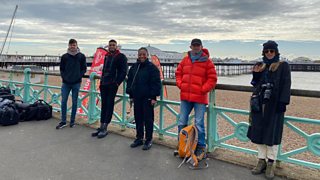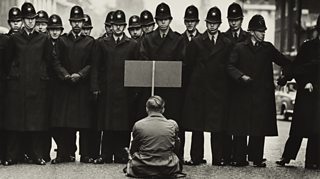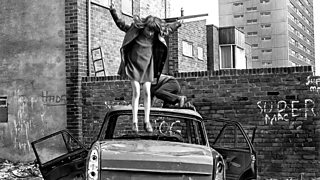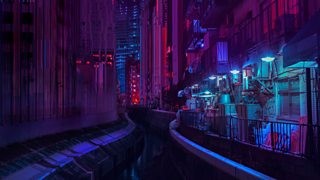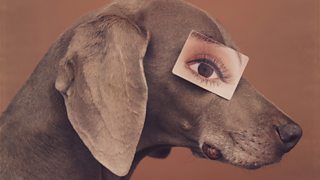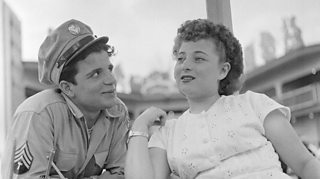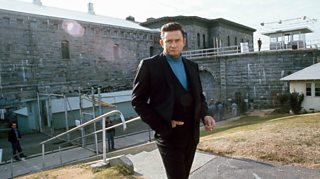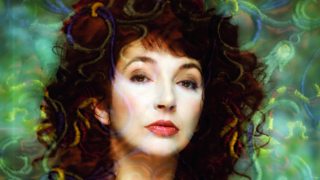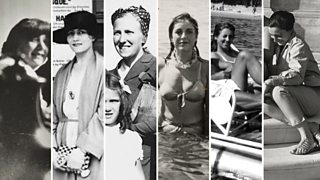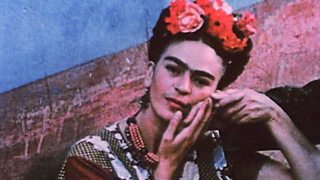A walk on the photographic wild side with Chris Packham
14 July 2022
Chris Packham has been enthusing TV audiences about the natural world since the mid-1980s. He is also an award-winning photographer; here he shares his love of photography, great tips for beginners, and outstanding images from his remarkable portfolio. Chris mentored six of the country's best amateur photographers in the first episode of the Great British Photography Challenge - the series is currently screening again on 成人快手 Four and iPlayer.
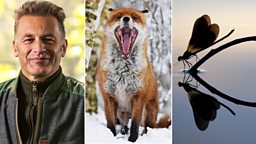
Art and nature were the two passions that drove the young Chris Packham. “It was always a toss-up, would I go to university and study zoology, or go to art college and do fine art? Zoology won out.”
I like to spend more time thinking about a photograph than taking it, planning and imagining it.Chris Packham
But, after graduating with a degree in zoology, Chris discovered that photography could combine those different interests. He sacrificed a nascent punk career by selling his music gear to fund his first camera.
A part-time job as a camera assistant on wildlife documentary A Toad's Tale led to more work for the 成人快手 and Channel 4, and subsequently to a long and successful career in presenting. But photography remained a key hobby, with a particular interest in producing artistic and experimental images.
“I’m not really subject-driven. My photographs are not typical wildlife photographs. I like to spend more time thinking about a photograph than taking it, more time planning it, imagining it, thinking about how I can do it, where I can do it, and how to make it work efficiently - if at all.”
-
![]()
Great British Photography Challenge : Watch on iPlayer
The search for Britain's best amateur photographer begins with a nature assignment in the New Forest with Chris Packham.


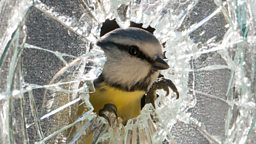
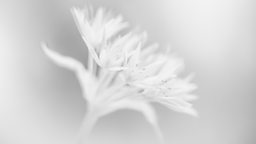
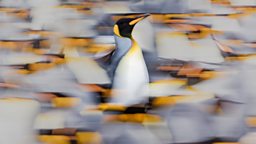

Rule-breaker
"For me it’s always project-focussed. I’m more interested in interpreting stuff than representing it. You know a lot of people want pin sharp pictures of what they are photographing. I’m more interested in the way it makes me feel, or the way I see it. I can sometimes change it, or use it to reflect something else that I’m thinking about.
"I don’t like rules within art. I think they’re there to be explored and manipulated and broken. The whole photo is important, not just the subject, everything is important - even the top corner and the very last pixel is important to me. I like that really shallow and the behind it. I’m obsessed about things like bokeh, and that becomes the project.
"I do try to do things in different ways, explore different things. I use a lot of , and slow exposures. When the animal is moving you get a bit of it frozen when the flash goes off."
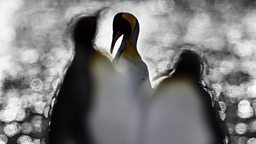
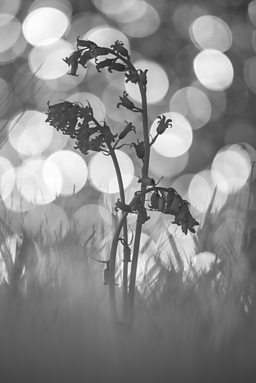
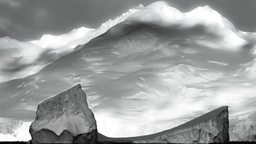

New challenges
"I like working with quite tight restrictions, so, just before lockdown I bought a mirrorless camera and I had it converted to . Most people use it for night shoots and big puffy white clouds in Africa. But I wanted to try and see what infrared does on , so I spent lockdown photographing tiny insects and spiders, flowers, you name it using my infrared camera in that context.
I need to confine my projects with tough objectives otherwise, like many photographers, I get too distracted.Chris Packham
"I always try and find some new niche and I quite like the effect that infrared gives; it kind of worked and it didn’t work, but I learned a lot about how to make it work. Once I do something I’m stuck with it. I like having restrictions imposed. I need to confine my projects with tough objectives otherwise, like many photographers, I get too distracted.
"The project I’m working on at the moment, it sounds a bit morbid, but I’m taking some really rich, painterly pictures of dead animals, in their environment – they are still-lifes basically, heavily saturated, meticulously arranged, like a . It’s a form of revering the animal in death."
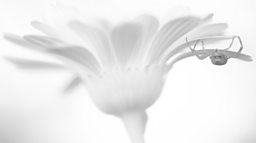
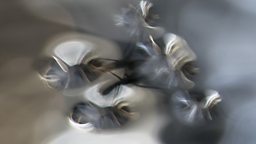

Inspiration
"I’m not interested in replicating other people’s work. I like looking at other people’s work but if they’ve done it, there’s not much point in me doing it. It’s about finding a way of expressing myself in a way that is unique.
I was looking at an extraordinary portrait Herb Ritts took of Elizabeth Taylor towards the end of her life... that really did say so much about her as a person. It鈥檚 an amazing photograph.Chris Packham
"I’m very keen to use ideas that are used in other types of photography and then see if they work when it comes to photographing wildlife. I spend a lot more time looking at non-wildlife photography, other photography, than I do looking at wildlife images and I’m constantly thinking ‘I wonder if that will work…in that way.’
"I look at a lot of old photos, for example portraits by . I was looking at an he took of Elizabeth Taylor towards the end of her life. She’d had a brain tumour removed, her hair was still short. If I’d have been her, I’d have been over the moon because that really did say so much about her as a person, and a person that matured into almost indestructible beauty. It’s an amazing photograph, amazing!"
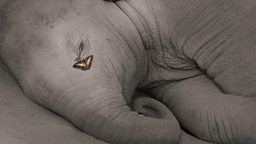
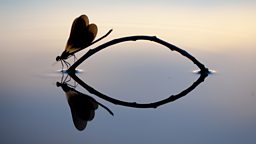

"I can’t obsess about four things at once."
"You know, the thing about photography is you captured one tiny sliver of time and space that will never ever happen again, and you had to press your button at exactly the right moment to preserve that. So the care and attention or the skill required to do that, and I see it as quite an important choice, you are the only one that’s ever going to be in that one place at that one time to take that one image.
Being a perfectionist and photographing wildlife that I can鈥檛 direct - that leads to quite a lot of frustration.Chris Packham
"I think the obsessive nature of my personality helps because I like restriction and I focus only on projects. So my dead animal project – I’m only working on that project. I don’t wander off and do other things, I’m only thinking about that one project, I’m not working on four things at once – I can’t obsess about four things at once.
"I definitely think there are attributes, but some people might think those are detrimental as well, perfectionism is often a curse. Herb Ritts can say to Elizabeth Taylor turn left, turn right, he can tell her what he is doing and communicate his aims and ambition, she can share and empathise with him and work together to produce that image, I can’t do that with a fox.
"I can get it to pretty much where I want it if I put food there, but when the light is forming that little halo of bokeh and I need the fox to look up and put its ears facing me, I can’t direct it to do that. I’d be better photographing architecture because it doesn’t move much, but a perfectionist photographing wildlife that I can’t direct, that leads to quite a lot of frustration."
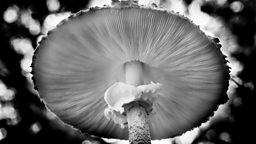


Chris Packham's five top tips for budding photographers

- "Be ruthlessly critical of your own work. I think you have to moderate your satisfaction and recognise perfection doesn’t exist, but trying to attain it is where the joy is. Acknowledge and embrace criticism, flattery doesn’t get you anywhere, if people tell you it’s great that’s not going to challenge you to make things better. Criticism is far more valuable.
- "Don’t obsess about equipment. I’ve got a really basic kit that I can carry and I know how all of it works. Get enough equipment that you need, really know it and how those lenses look when it’s open, when it’s closed down, those old fashioned things that are really important.
- "With digital, I see people capturing things really lazily and thinking I’ll sort that when I get back with software - you can within limits, but start off with a file that is properly exposed and thought through beforehand – it enhances your creativity. Don’t think about it a week later sitting in front of the computer.
- "Fundamentally, photograph what you love, what you have a real passion for. It’ll bring that little extra out of you. Challenge and push yourself harder, photograph what you love, not what’s fashionable or what might make money, it should be something you really care about.
- "Constantly look at other people’s work and understand it. Take it apart. What mood were they in? Analyse what is happening in that moment, get under their skin, figure out how they work and see what you can use of that in your own work."
The Great British Photography Challenge is on 成人快手 Four and iPlayer.
A version of this article was originally published in June 2021.

More photography from 成人快手 Arts
-
![]()
War and peace
The compassionate photography of Don McCullin.
-
![]()
Tish Murtha鈥檚 tender photos of deprivation in Britain.
-
![]()
Liam Wong's sci-fi-style images of Tokyo at night.
-
![]()
William Wegman's Polaroids of his loyal Weimaraners.
-
![]()
1940s New York through the lens of teenage Stanley Kubrick.
-
![]()
Behind-the-scenes photos of Johnny Cash's prison shows.
-
![]()
Hard-boiled photographs tell the history of crime in LA.
-
![]()
Rare photographs of the singer at the height of her career.
More from 成人快手 Arts
-
![]()
Picasso鈥檚 ex-factor
Who are the six women who shaped his life and work?
-
![]()
Quiz: Picasso or pixel?
Can you separate the AI fakes from genuine paintings by Pablo Picasso?
-
![]()
Frida: Fiery, fierce and passionate
The extraordinary life of Mexican artist Frida Kahlo, in her own words
-
![]()
Proms 2023: The best bits
From Yuja Wang to Northern Soul, handpicked stand-out moments from this year's Proms
